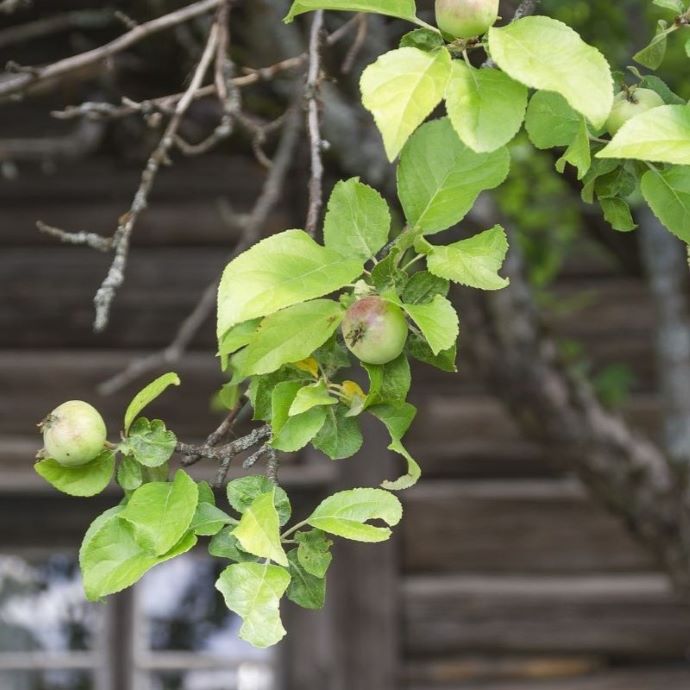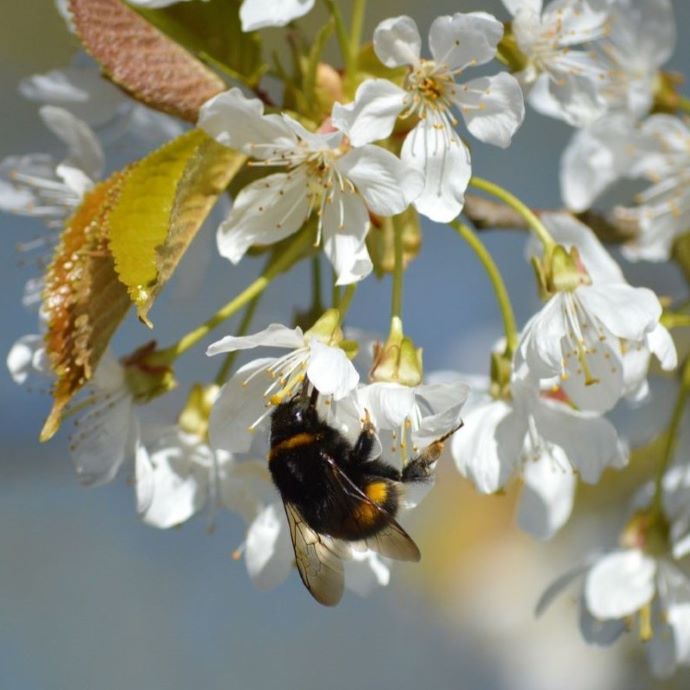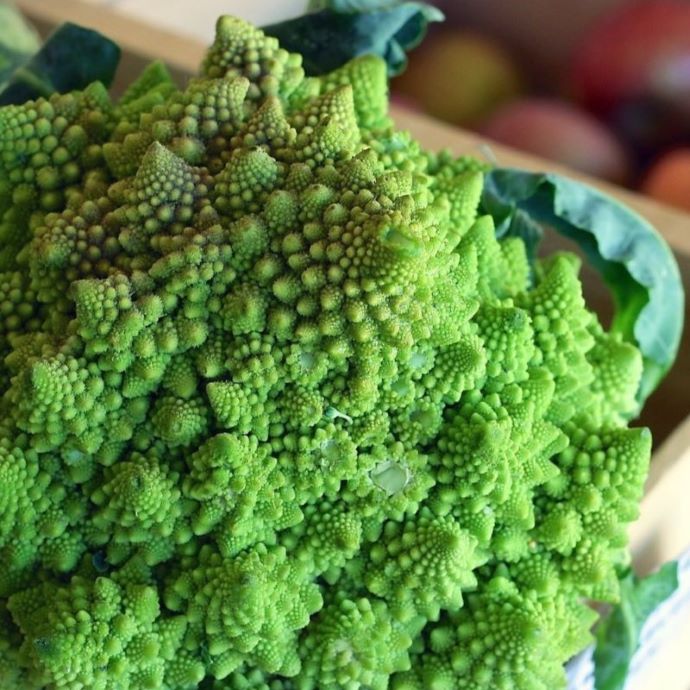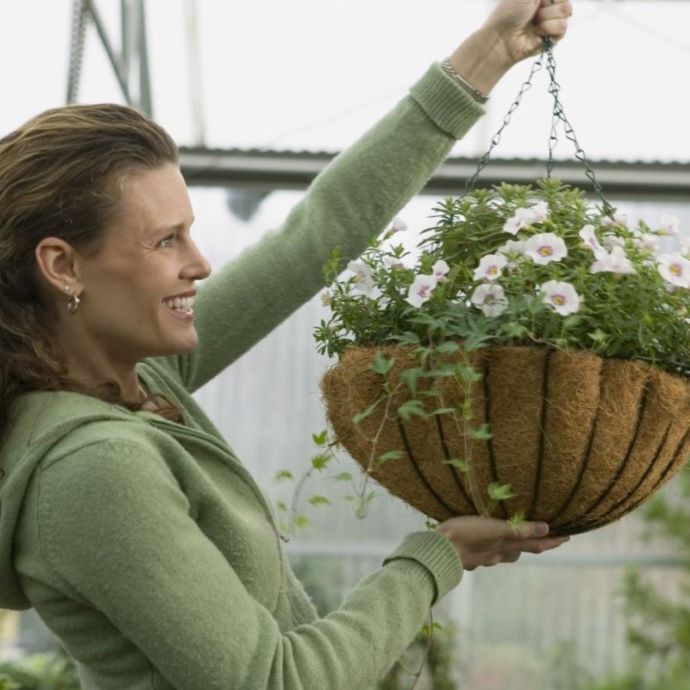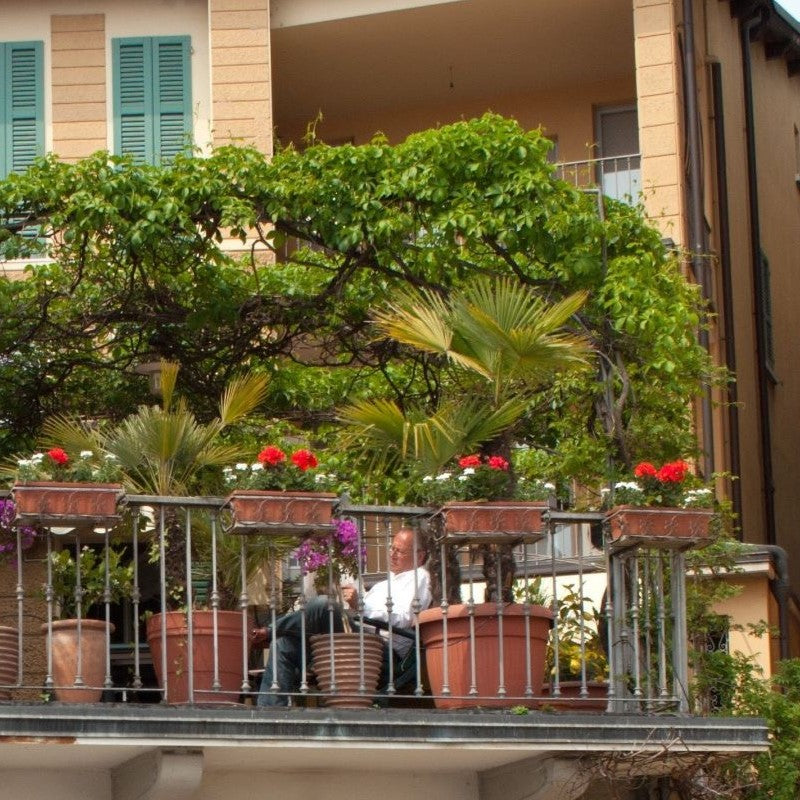Grafted Vegetable Plants: Are They Worth It?
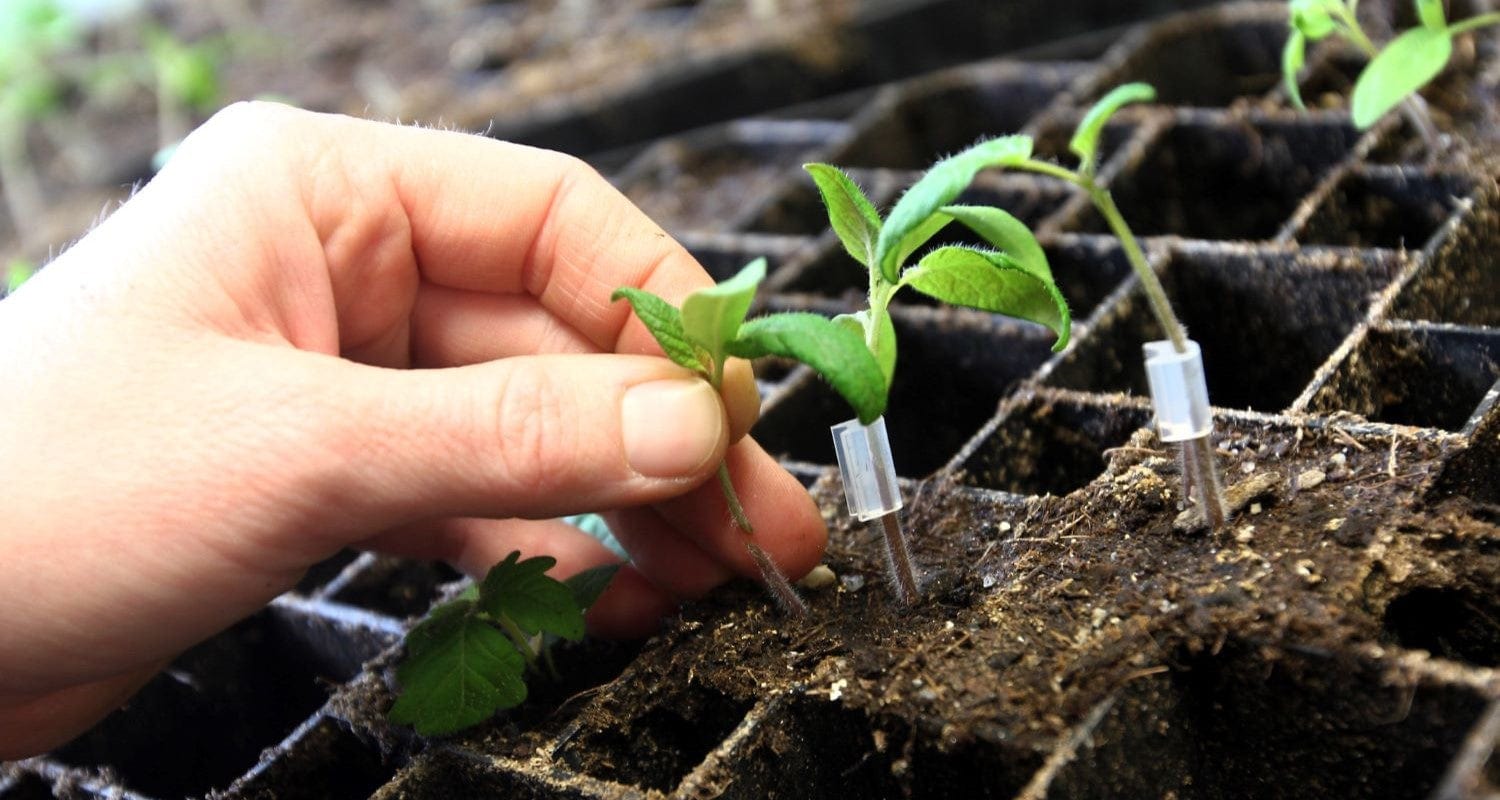
Grafted vegetable plants are growing in popularity with UK gardeners. But what are they, and is it worth buying them?
You might have heard of grafting trees, where growers join the rootstock (the roots and part of the trunk) of one tree with the scion (flowering or fruiting part) of another to create a plant with the best characteristics of both, but grafted vegetables are less well known. We asked our expert vegetable growers to explain everything about grafted vegetables to us - how they’re grown, which vegetables are suitable for grafting and what results you can expect.
Jump to:
What are grafted vegetables?
Using a similar method to tree grafting, two vegetable plants which have certain qualities (such as disease resistance or vigorous growth) are joined together to produce a plant with the best features of both.
You can’t just graft any plants together though - they have to be of the same type so they’re compatible, for example, pears and quinces can be grafted because they’re from the same plant family, but a pear can’t be grafted onto a pumpkin because they’re too different (and it would just be weird).*
Is vegetable grafting a new thing? Not really. Grafting has been used in the commercial vegetable growing world for some time, and it’s now gaining popularity with home growers too, as more people grow their own and get more serious about it. Where growing vegetables might have been seen as just a hobby in the past, now it’s acknowledged as a way of reducing our impact on the environment, enabling us to buy less commercially grown food.

Image source: Flickr.
Why are grafted plants better?
Grafted vegetable plants are used by commercial growers mainly for their greater resistance to pests and diseases. Growing them in a domestic garden is a fairly new trend, but so far gardeners have reported some very encouraging results, with our growers reporting up to 75% more yield from the plants. Why is this? It’s mainly due to the selection of better root systems, which means the plants can take up more water and nutrients from the soil, growing bigger and producing more fruit. Many of them also seem to crop for a longer period of time.
If your soil isn’t the best or you live somewhere with adverse weather conditions, you should definitely consider using grafted plants - they’ll stand up to more drought, heat and cold than non-grafted plants, saving you money and disappointment.
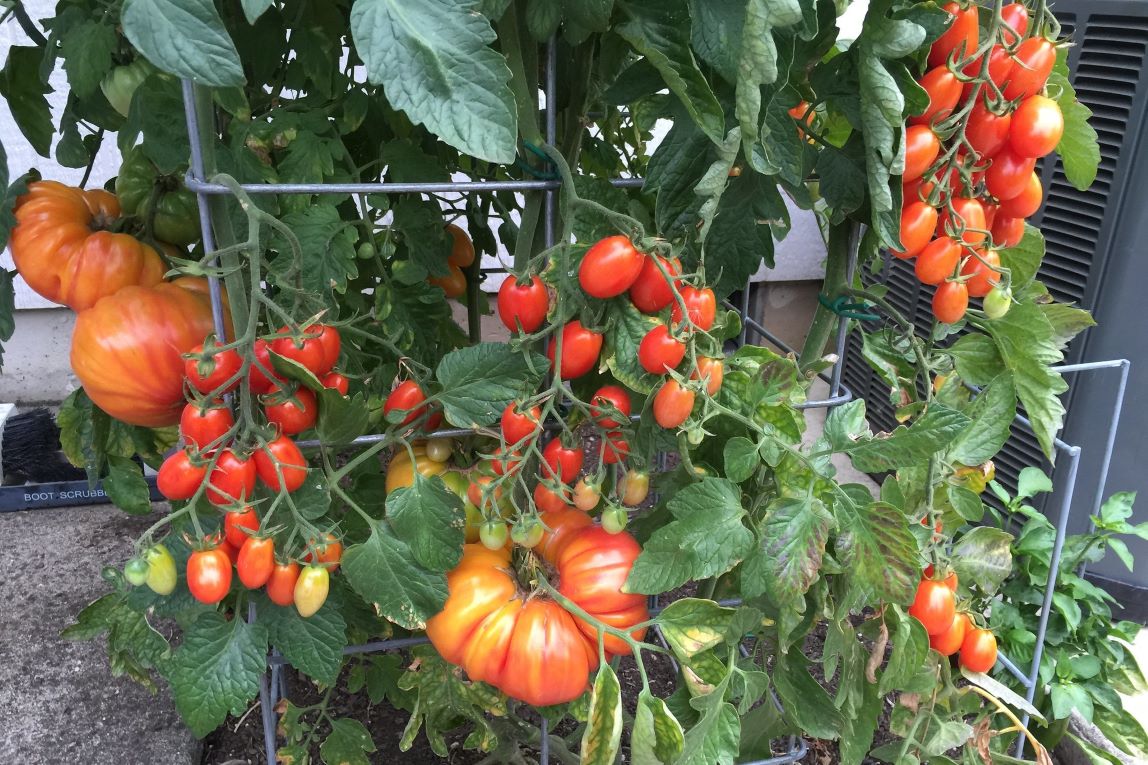
Image source: Flickr.
Is there a downside?
Grafted vegetable plants are more expensive, reflecting the extra work that’s been put in to create them. In terms of results, however, the additional cost is likely to be recouped as fewer young plants will be lost to pests and diseases and the end harvest will be bigger than that of a non-grafted plant.
Bear in mind that everyone’s growing conditions are different and that in commercial trials, the environment will have been perfect. You should still plant in quality soil, water and feed your plants as usual, protect against pests or diseases and carry out essential pruning jobs such as pinching out tomatoes.
A lot of grafted plant growers will say the fruit produced is bigger or of better quality, but unless you’re growing those tomatoes for the village show, this may or may not be a selling point for you!
Which vegetable plants can be grafted?
You’ll find grafted versions of tomatoes, aubergines, peppers, chillies, cucumbers, squashes and courgettes - grafting tends to benefit more tender plants which can use a boost in terms of cold resistance, early growth and protection from disease.
Do grafted plants need special treatment?
Simply plant and care for your grafted plants as you would any others - climbing or scrambling varieties like cucumbers and cordon tomatoes might need a little more support than usual as they tend to grow more vigorously.
If you find the grafting clip left on your plant (this is how the two plants are joined), don’t try to remove it - it won’t do the plant any harm, and as it grows, should just fall off of its own accord.
* Interestingly, you can graft a tomato to a potato as they’re both from the plant family Solanum, or nightshades, but honestly… why would you?
Top image source: Flickr.
Last updated: 08/01/2024


